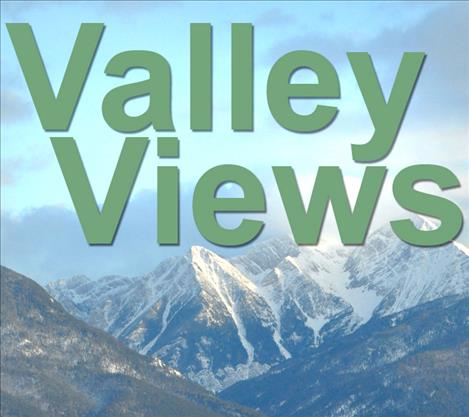Tribes award-winning stewards of natural resources
Hey savvy news reader! Thanks for choosing local.
You are now reading
1 of 3 free articles.
Recently, Mr. Chuck Jarecki opined that there is no evidence that the Confederated Salish and Kootenai Tribes would improve the National Bison Range or continue its current good management (Valley Journal, July 6). As a career Range Conservationist, and current Tribal Council Member, I feel compelled to respond. With respect to the Tribes’ qualifications as good natural resources managers, I am proud that the National Wildlife Federation awarded the Tribes with its national Conservation Achievement Award in 2012. That followed the Tribes’ 2009 Outstanding Conservation Achievement Award by the Flathead Audubon Society. The list goes on, but the bottom line is that the Tribes are widely acknowledged, both in-State and nationally, as outstanding stewards.
Perhaps recognizing this, Mr. Jarecki chose to criticize the Tribes’ rangeland management practices, citing his career as a rancher among his qualifications as critic. However admirable his past ranching career may have been, both the National Bison Range and the Tribes’ 350,000-plus acre Range Permit system involve completely different management scenarios than Mr. Jarecki’s former ranch. Having spent my career in rangeland management, I can attest to the fact that most of the Tribes’ rangeland acreage is in good condition. As with any government jurisdiction’s land base, there are examples of lands that are in less good shape than others. However, this is a small percentage of the Tribes’ total rangelands, and it is certainly not unique to our Tribal government: federal, state, and local governments are all similarly situated.
Tribal rangelands, and many other public lands, involve challenges that neither Mr. Jarecki nor the National Bison Range experience. The Tribes’ rangelands are subject to multiple uses: grazing, public recreation, commercial wood products, hunting, firewood, berry picking and native plant gathering. As part of our Reservation, those rangelands are here for the Tribes’ membership to make a living and provide for their families. In contrast, the Tribes’ draft legislation to restore the National Bison Range would require the Tribes to continue to manage the Range solely for bison, wildlife and other natural resources, while maintaining public access.
Mr. Jarecki had the fortune of total control of his ranch. Similarly, the U.S. Fish & Wildlife Service enjoys a great deal of control over the National Bison Range — as would we upon restoration of the Bison Range to federal trust ownership for the Tribes.
As many outside entities have recognized, Tribal land managers have done a good job managing our resources. It is worth noting that the U.S. Fish & Wildlife Service has chosen to hire former Tribal employees who worked at the Bison Range. This is but one more example of our strong history, and encouraging future, of cooperation.
The Tribes’ Natural Resources staff will continue its tradition of excellent management at the National Bison Range. As a current member of the Tribal Council, I can assure people that the Council is very much in tune with resource management and we will continue to ensure that the Bison Range has the best possible management.
Dennis Clairmont is a current Tribal Council Member and was a Range Conservationist for 38 years (now retired) with the Bureau of Indian Affairs and the Confederated Salish and Kootenai Tribes.
















